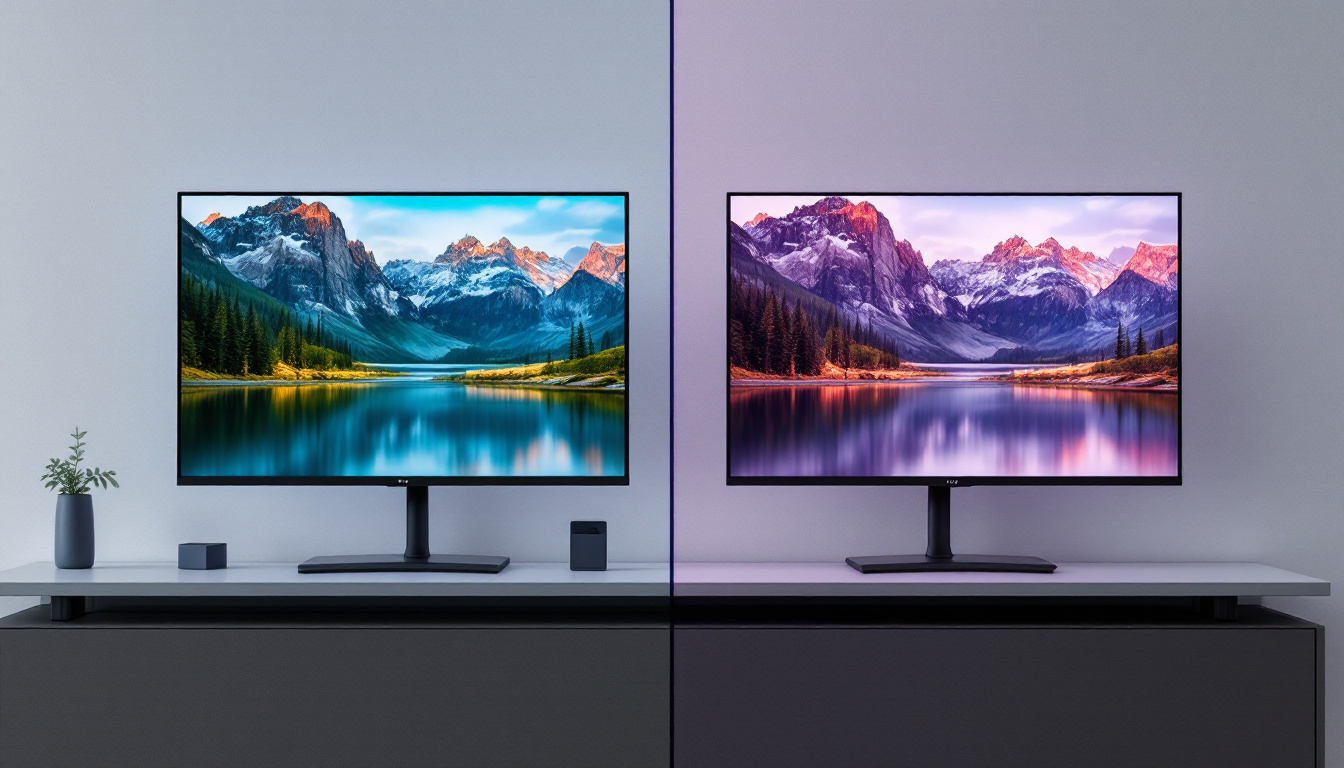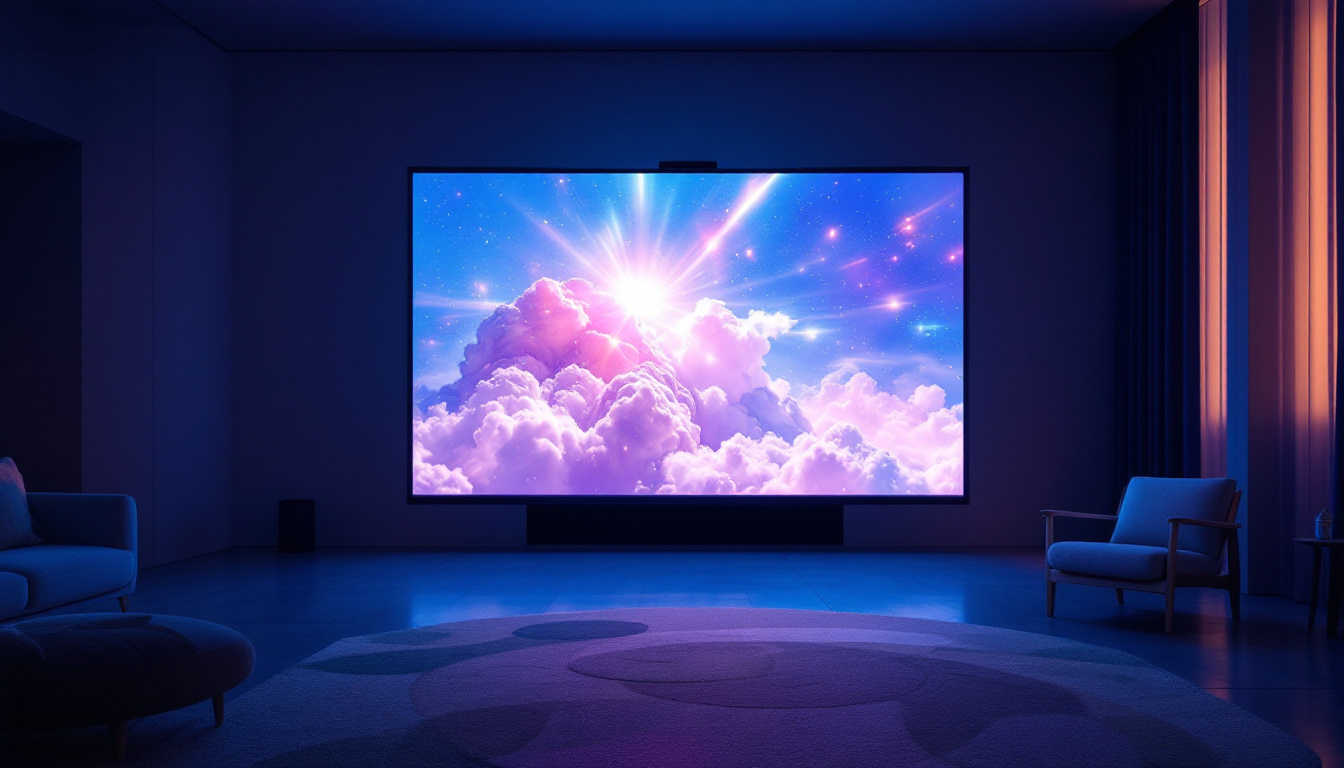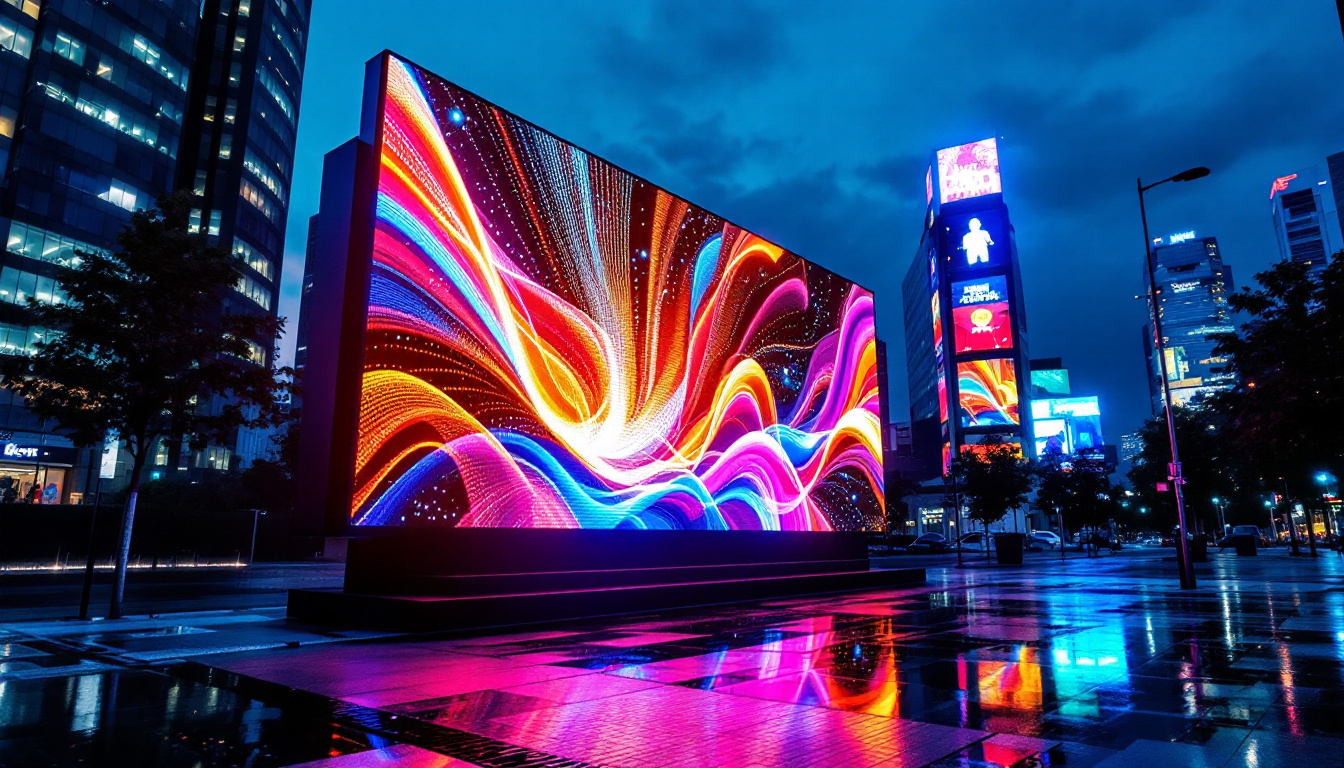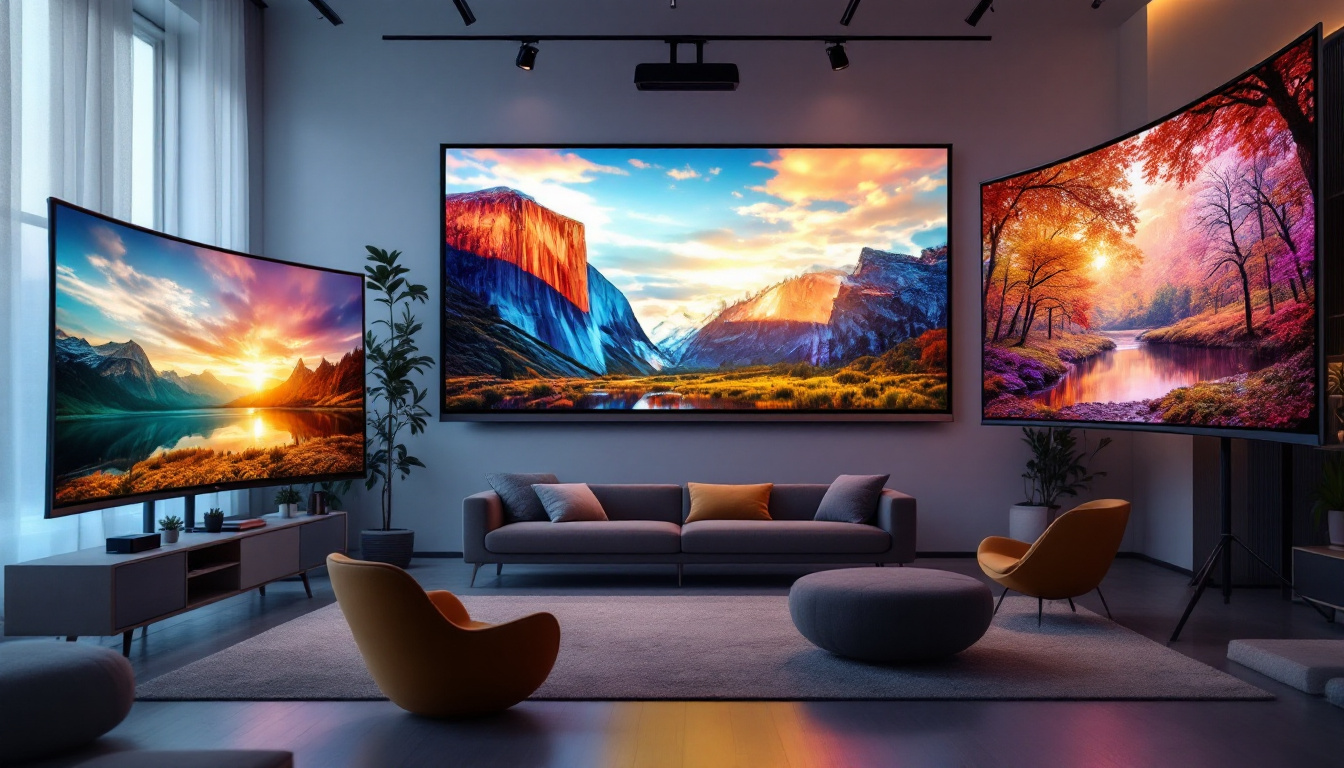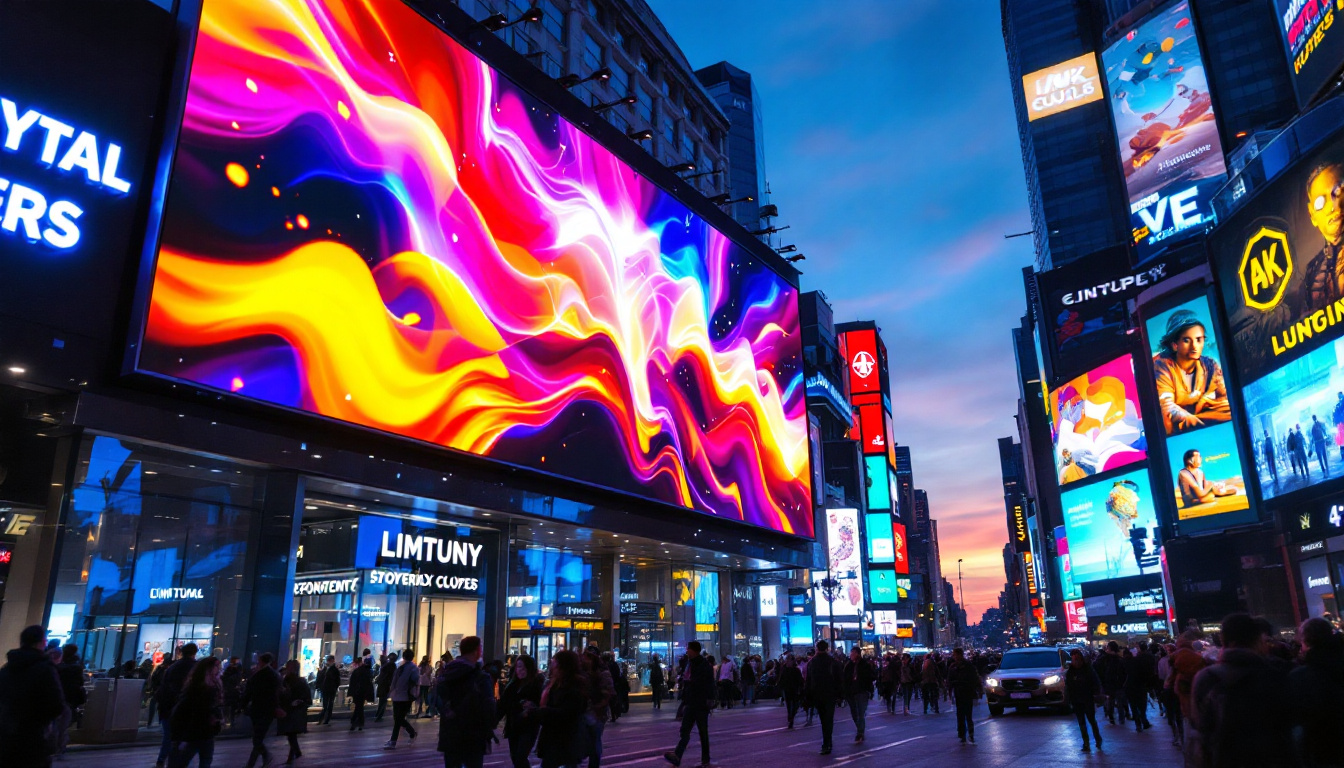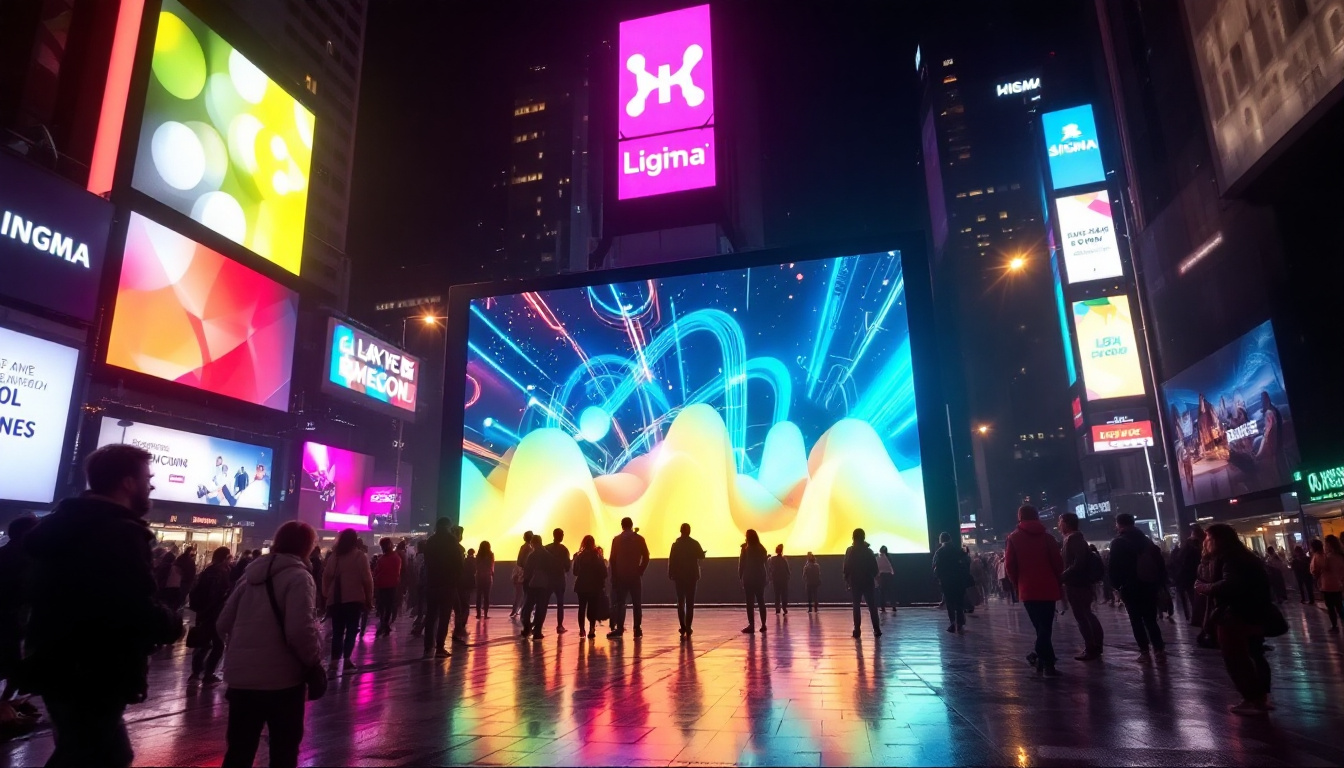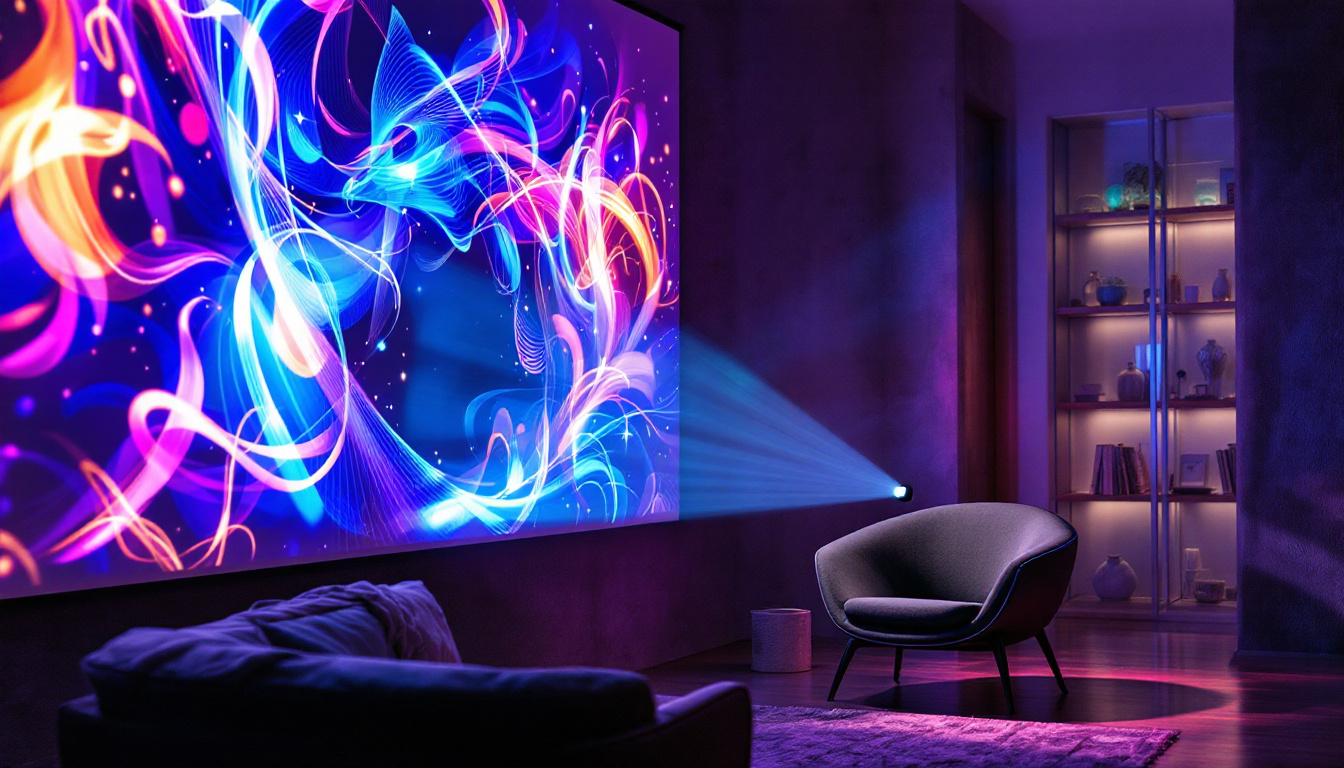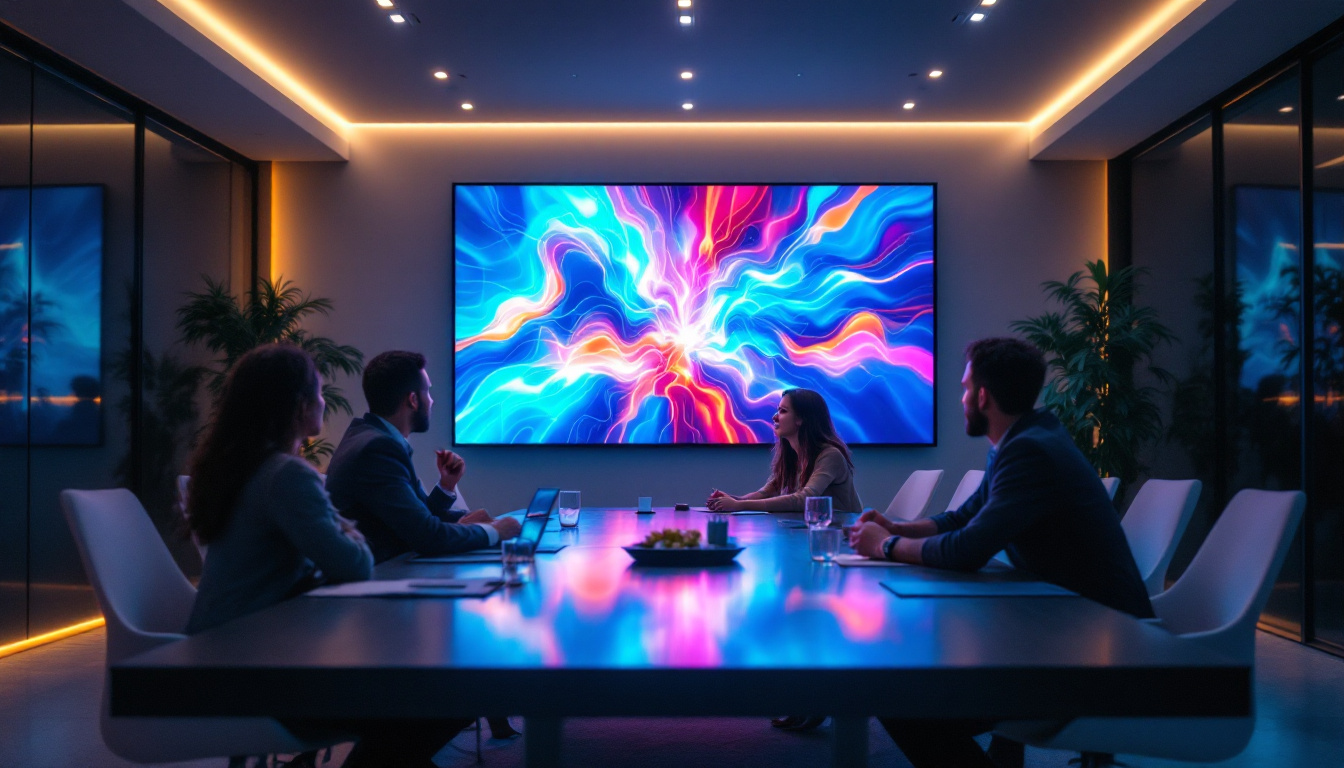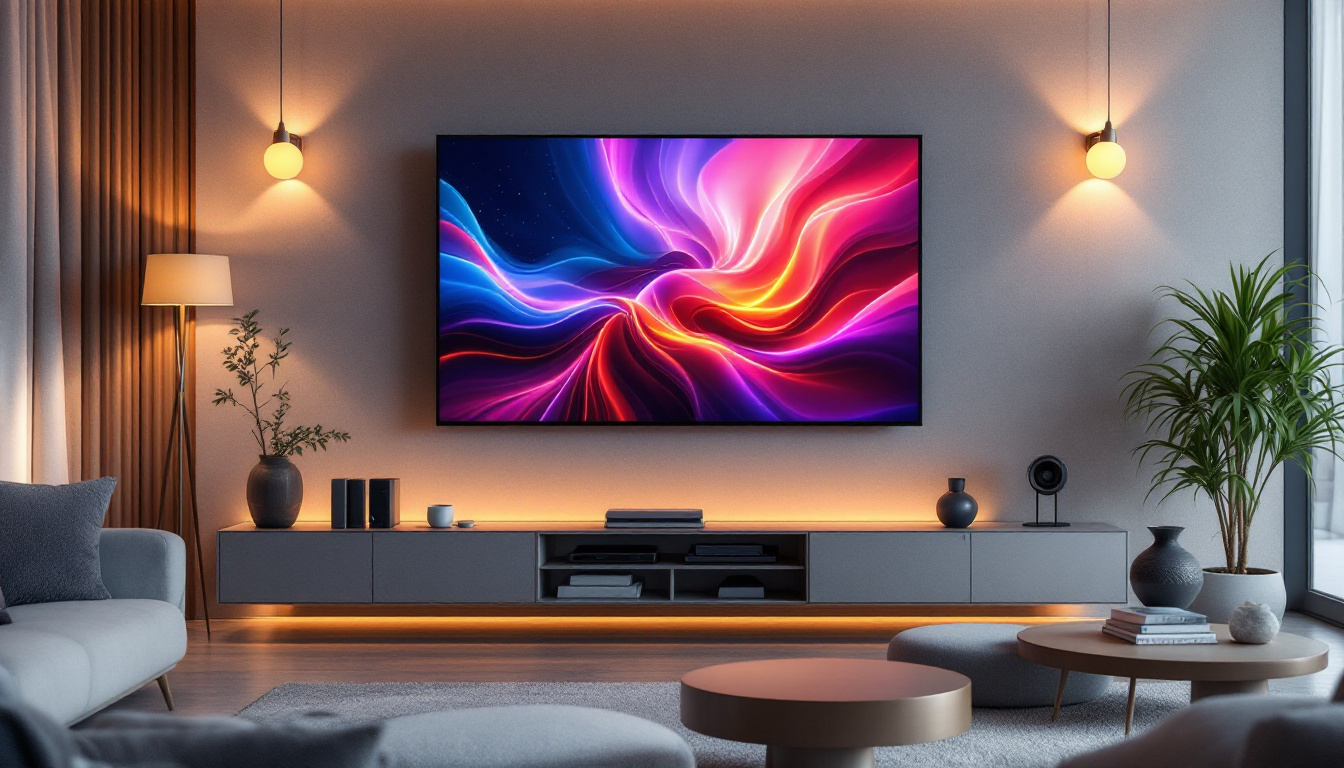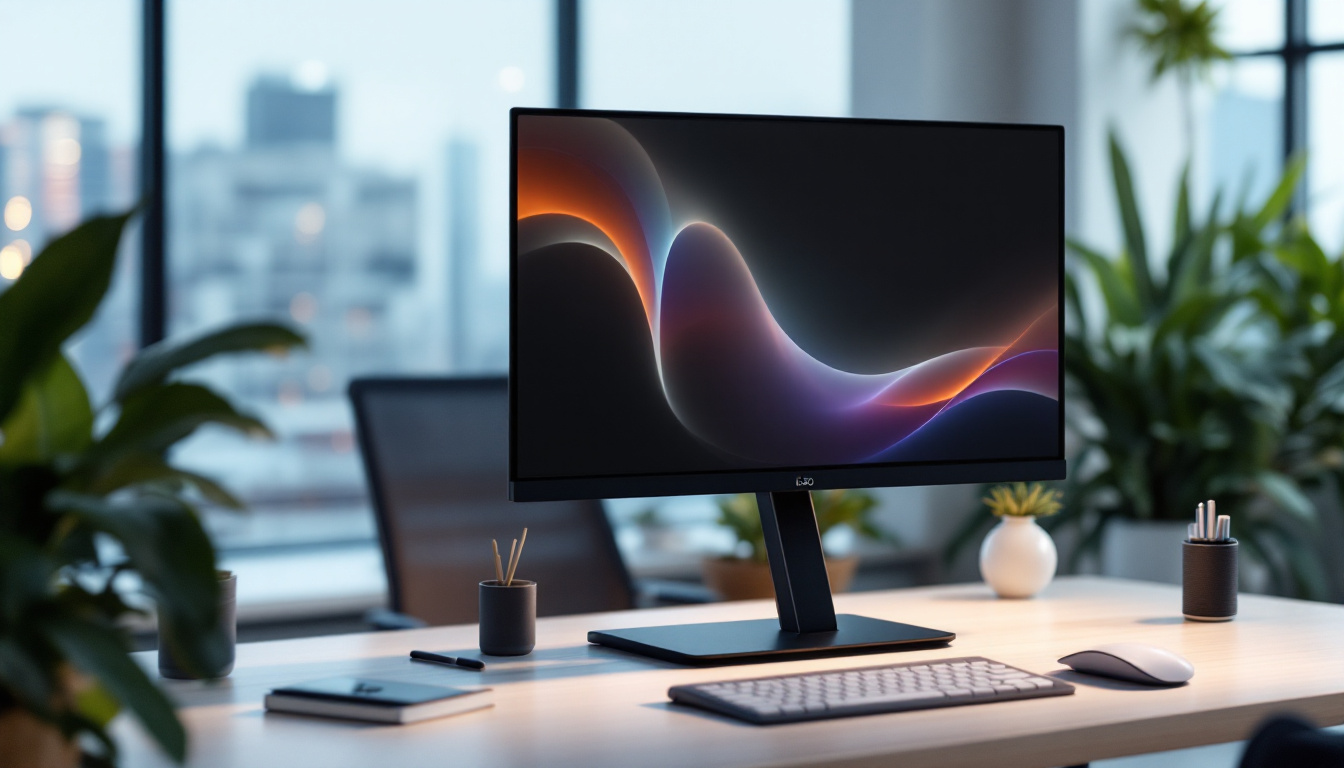The world of display technology is constantly evolving, with new standards emerging to enhance the visual experience for consumers and professionals alike. Two of the most significant standards in this realm are DisplayPort 2.1 (DP 2.1) and DisplayPort 1.4 (DP 1.4). Understanding the differences between these two versions is crucial for anyone looking to invest in high-quality LED displays. This article will delve into the features, advantages, and applications of both DP 2.1 and DP 1.4, providing a comprehensive overview to help you make informed decisions.
Understanding DisplayPort Technology
DisplayPort is a digital display interface developed by the Video Electronics Standards Association (VESA). It is primarily used to connect a video source to a display device, such as a monitor or projector. DisplayPort supports high resolutions and refresh rates, making it an ideal choice for gamers, graphic designers, and video editors. The versatility of DisplayPort also extends to its ability to carry audio, USB, and other data, allowing for a single cable solution that simplifies connectivity in complex setups.
Since its inception, DisplayPort has undergone several iterations, each bringing improvements in bandwidth, resolution support, and additional features. The latest versions, DP 2.1 and DP 1.4, showcase significant advancements that cater to the demands of modern display technology. Notably, DisplayPort has become increasingly relevant in the context of virtual reality and augmented reality applications, where high refresh rates and low latency are crucial for an immersive experience.
Key Features of DisplayPort 1.4
DisplayPort 1.4, released in 2016, introduced several enhancements over its predecessors. One of the most notable features is its ability to support a maximum bandwidth of 32.4 Gbps. This allows for high resolutions and refresh rates, including 8K at 60Hz with HDR or 4K at 120Hz. Additionally, DP 1.4 supports Display Stream Compression (DSC), which enables the transmission of high-resolution video without noticeable loss in quality. This feature is particularly advantageous for content creators who need to work with high-fidelity visuals while maintaining a smooth workflow.
Another significant feature of DP 1.4 is its support for Multi-Stream Transport (MST), allowing multiple displays to be connected through a single DisplayPort connection. This is particularly beneficial for users who require multiple monitors for enhanced productivity or immersive gaming experiences. With MST, users can daisy-chain several monitors, reducing cable clutter and simplifying their workspace setup. Furthermore, the ability to manage multiple displays seamlessly makes DisplayPort a favorite among professionals in fields such as finance, design, and gaming, where multitasking is essential.
Limitations of DisplayPort 1.4
While DP 1.4 offers impressive capabilities, it does have limitations. The maximum resolution it can support is 8K, which, although impressive, is quickly becoming a standard expectation in high-end displays. As technology progresses, the need for even higher resolutions and refresh rates has led to the development of DisplayPort 2.1. This new version not only addresses the limitations of DP 1.4 but also introduces support for 10K resolutions, making it future-proof for upcoming display technologies.
Furthermore, DP 1.4’s bandwidth, while sufficient for many applications, may not meet the demands of cutting-edge gaming or professional visual work that requires ultra-high-definition content. This is where DP 2.1 shines, offering a significant upgrade in performance. Additionally, DP 1.4 may face compatibility issues with some older devices, which can be a concern for users looking to integrate new technology with legacy systems. As the industry moves forward, understanding these limitations is crucial for making informed decisions about display technology and ensuring that users can fully leverage the capabilities of their hardware.
DisplayPort 2.1: The Next Generation
Launched in 2022, DisplayPort 2.1 represents a major leap forward in display technology. With a staggering maximum bandwidth of 80 Gbps, DP 2.1 is designed to support the latest advancements in display resolutions and refresh rates. This section will explore the key features and benefits of DP 2.1, highlighting why it is the preferred choice for future-proofing display setups.
Enhanced Bandwidth and Resolution Support
One of the standout features of DisplayPort 2.1 is its ability to support resolutions up to 16K at 60Hz with HDR. This is a game-changer for industries that rely on ultra-high-definition content, such as film production and digital art. Additionally, DP 2.1 can handle multiple 4K displays at 144Hz, making it ideal for gamers and professionals who demand high refresh rates for smooth visuals.
The increased bandwidth also allows for better color depth and improved dynamic range, enhancing the overall viewing experience. With support for up to 12-bit color depth, DP 2.1 ensures that colors are more vibrant and accurate, making it a top choice for graphic designers and photographers. This capability is particularly beneficial for those working with high dynamic range (HDR) content, as it allows for a more realistic representation of light and shadow, bringing images to life in a way that was previously unattainable.
Improved Compression Techniques
DisplayPort 2.1 also introduces enhanced Display Stream Compression (DSC) capabilities. This advanced compression technology allows for the transmission of high-resolution video without any perceptible loss in quality, even at extreme resolutions. This means that users can enjoy the benefits of high-resolution displays without worrying about bandwidth limitations.
Moreover, the improved DSC in DP 2.1 is designed to work seamlessly with existing hardware, ensuring compatibility with a wide range of devices. This forward-thinking approach makes DP 2.1 a versatile choice for both current and future display technologies. The integration of DSC not only optimizes the use of available bandwidth but also opens the door for innovative applications in virtual reality (VR) and augmented reality (AR), where high fidelity and low latency are crucial for an immersive experience. As these technologies continue to evolve, DP 2.1’s capabilities will undoubtedly play a significant role in shaping the future of visual experiences.
Comparing DP 2.1 and DP 1.4
When comparing DisplayPort 2.1 and DisplayPort 1.4, several key differences emerge that highlight the advancements made in the newer version. Understanding these differences can help consumers and professionals choose the right standard for their needs.
Bandwidth and Resolution Capabilities
The most significant difference between DP 2.1 and DP 1.4 lies in bandwidth. DP 1.4 offers a maximum bandwidth of 32.4 Gbps, while DP 2.1 boasts an impressive 80 Gbps. This increase in bandwidth allows DP 2.1 to support higher resolutions and refresh rates, making it suitable for the latest 8K and 16K displays.
For users who require high refresh rates for gaming or professional applications, DP 2.1’s ability to support multiple 4K displays at 144Hz is a major advantage. In contrast, DP 1.4 can only support a single 4K display at 120Hz, which may not meet the needs of high-end users.
Compatibility and Future-Proofing
Another critical factor to consider is compatibility. DP 1.4 has been widely adopted and is compatible with many existing devices. However, as technology advances, the need for higher resolutions and refresh rates will become increasingly important. DP 2.1 is designed to be backward compatible with DP 1.4, ensuring that users can upgrade their displays without losing compatibility with older devices.
Investing in DP 2.1 technology can be seen as a future-proofing strategy. With the rapid development of display technology, having a standard that supports the latest advancements ensures that users will not need to upgrade their hardware as frequently.
Applications of DisplayPort Technology
Both DP 1.4 and DP 2.1 have a wide range of applications across various industries. Understanding how these technologies are utilized can provide insight into their importance in today’s digital landscape.
Gaming and Entertainment
In the gaming industry, high refresh rates and resolutions are paramount. DP 2.1’s ability to support 4K displays at 144Hz and 8K displays at 60Hz makes it an ideal choice for gamers seeking the ultimate visual experience. Additionally, the enhanced color depth and dynamic range offered by DP 2.1 contribute to more immersive gameplay.
For the entertainment industry, particularly in film and television production, the need for high-resolution displays is crucial. DP 2.1’s support for 16K resolution allows for unprecedented detail in visual content, making it a valuable tool for filmmakers and content creators.
Professional Design and Content Creation
Graphic designers, photographers, and video editors benefit significantly from the advancements in DisplayPort technology. The increased color depth and dynamic range offered by both DP 1.4 and DP 2.1 ensure that visual content is rendered accurately and vibrantly. For professionals working with high-resolution images and videos, the ability to connect multiple displays using Multi-Stream Transport (MST) is a game-changer, enhancing productivity and workflow.
Moreover, the improved compression techniques in DP 2.1 allow for the seamless transmission of high-resolution content, ensuring that professionals can work with the best possible quality without sacrificing performance.
Conclusion
In summary, DisplayPort 2.1 and DisplayPort 1.4 represent two significant milestones in display technology. While DP 1.4 offers impressive capabilities, DP 2.1 takes things to the next level with enhanced bandwidth, higher resolution support, and improved compression techniques. For gamers, content creators, and professionals in various industries, choosing the right DisplayPort standard is essential for achieving the best visual experience.
As technology continues to evolve, investing in DP 2.1 not only ensures compatibility with current devices but also positions users for future advancements in display technology. Whether for gaming, entertainment, or professional design, understanding the differences between these two standards is key to making informed decisions in a rapidly changing digital landscape.
Explore Cutting-Edge LED Displays with LumenMatrix
Ready to elevate your visual experience with the latest in LED display technology? LumenMatrix, a pioneer in innovative LED solutions, offers an extensive range of products designed to bring your content to life. From Indoor and Outdoor LED Wall Displays to specialized solutions like Vehicle and Sports Displays, our mission is to transform your visual communication. Embrace the future with our All-in-One and Custom LED Displays, and see the difference that high-quality, captivating displays make. Check out LumenMatrix LED Display Solutions today and step into a world of vibrant clarity and impact.

